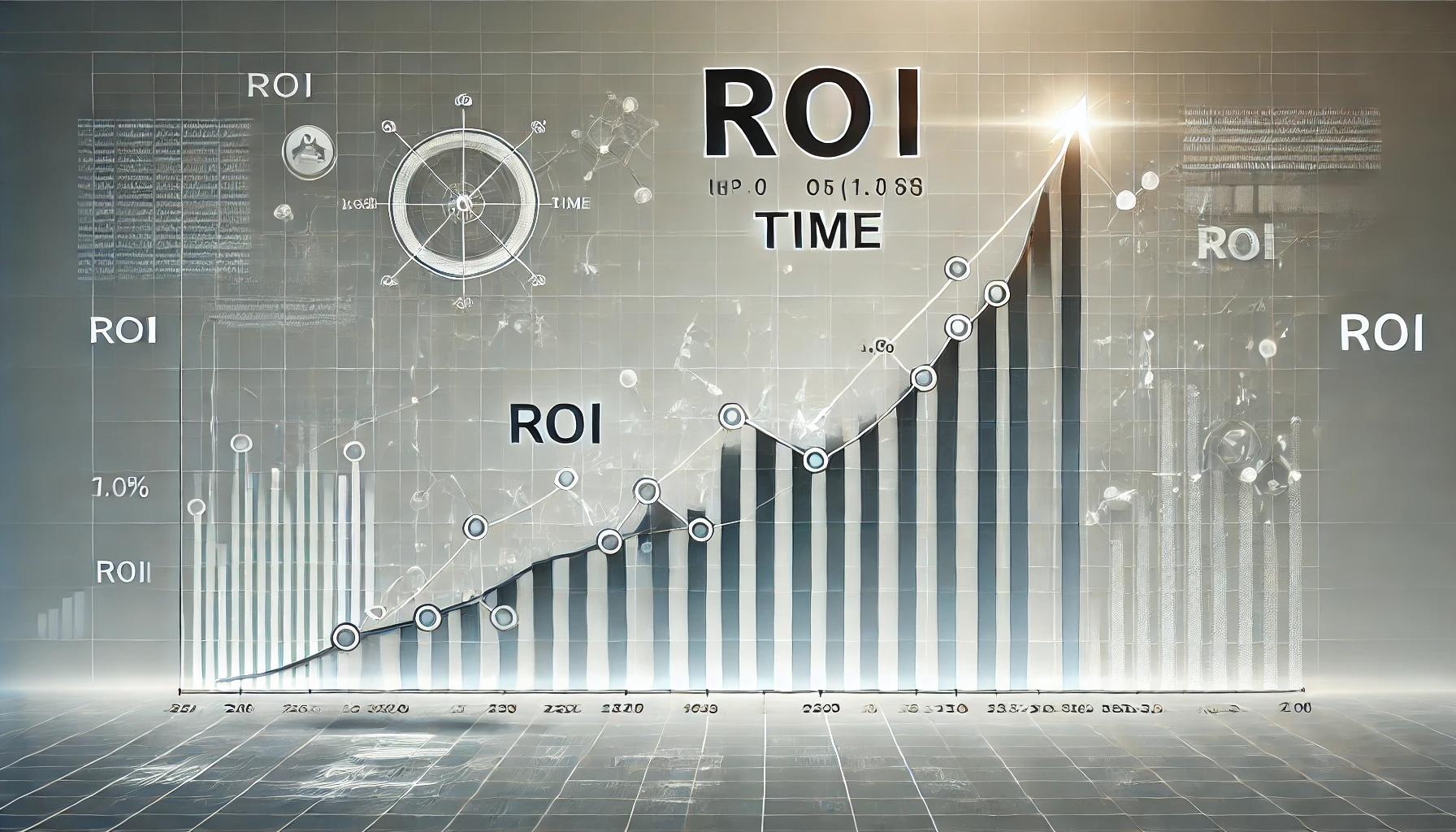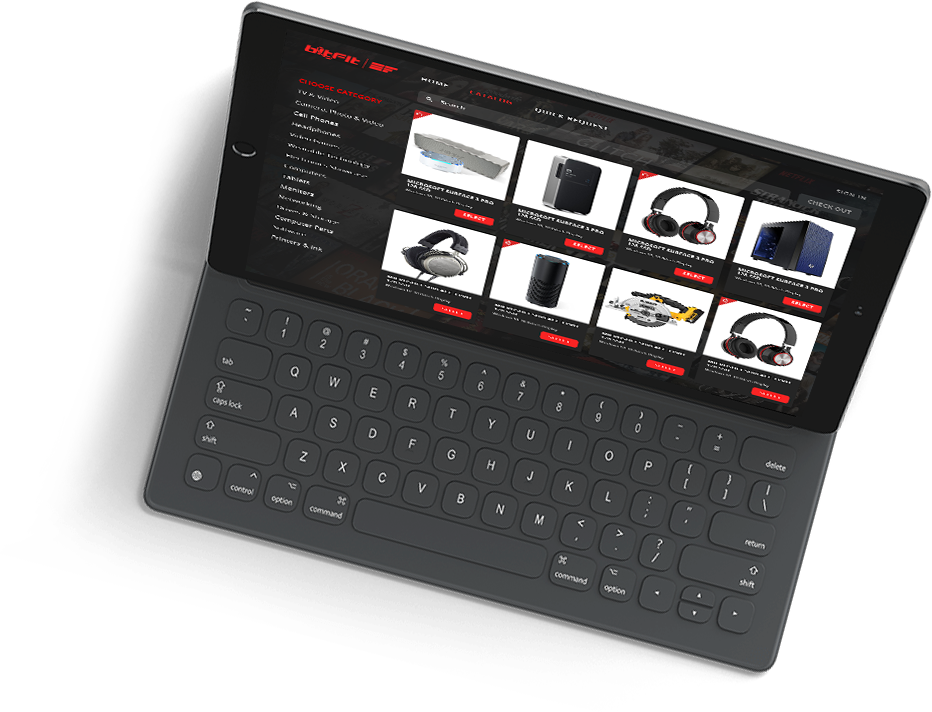
In today’s fast-paced business environment, effective asset management is more than just a logistical necessity – it’s a critical factor in driving operational efficiency and financial success. Asset management involves tracking and optimizing the use of tangible and intangible assets to ensure they deliver maximum value. One of the key metrics businesses use to measure the success of their asset management strategies is Return on Investment (ROI). But how do you calculate and optimize ROI in asset management, and why is it so essential?
This article explores ROI in asset management, how to measure it, and strategies for improving it through advanced technologies and processes.
What is ROI in Asset Management?
Return on Investment (ROI) is a financial performance metric that measures the profitability or efficiency of an investment. In asset management, ROI helps businesses evaluate the financial return they achieve from managing assets effectively, compared to the cost involved in managing those assets.
The Components of ROI in Asset Management
To fully understand ROI in asset management, it’s essential to break down its components:
- Initial Investment: This includes the costs of purchasing or implementing an asset management system, as well as indirect costs like employee training and system integration.
- Ongoing Operational Costs: These include the costs of maintaining assets, system upgrades, and repairs. Often, businesses overlook hidden costs like downtime and system inefficiencies, which can affect the overall ROI.
- Gains or Benefits: The financial returns from asset management can include enhanced operational efficiency, cost savings from predictive maintenance, and better decision-making based on accurate data.
Importance of Tracking ROI in Asset Management
Financial Justification
Demonstrating a positive ROI is key to justifying the expense of asset management systems and tools. For example, businesses that invest in automated asset management platforms often see reductions in maintenance costs and an increase in uptime, providing a clear financial return.
Driving Continuous Improvement
Businesses can identify inefficiencies and optimize their asset management processes by consistently measuring ROI. This data-driven approach allows continuous improvement and innovation, keeping the business competitive and efficient.
Key Metrics to Measure ROI in Asset Management
- Asset Utilization Rate: This measures whether assets are being used to their full potential. Low utilization can indicate wasted resources, while high utilization suggests that assets provide value.
- Maintenance Costs vs. Asset Value: Regular maintenance is essential, but if the cost of maintenance exceeds the value of the asset, the ROI may suffer. Monitoring this ratio helps ensure that resources are allocated efficiently.
- Downtime Reduction: Reducing downtime maximizes asset productivity, directly impacting operational efficiency. A well-maintained asset fleet minimizes disruptions and increases ROI.
- Lifecycle Costs and Extensions: Monitoring an asset’s entire lifecycle cost allows businesses to make informed decisions about when to repair, replace, or upgrade it to maximize ROI.
- Risk Reduction: Effective asset management reduces risks like unexpected breakdowns or compliance violations, both of which can lead to costly repairs or fines. Proactive asset management mitigates these risks, thus improving ROI.
- Compliance and Regulatory Benefits: Asset management plays a significant role in ensuring compliance with industry regulations. Avoiding fines and penalties through diligent asset tracking and maintenance improves ROI.
Strategies for Improving ROI in Asset Management
Automation and AI Integration
The introduction of AI and automation has revolutionized asset management. AI-powered tools can analyze asset performance data to predict potential failures, reducing downtime and extending asset lifecycles. For instance, AI-powered predictive maintenance allows for timely repairs, preventing costly breakdowns.
Centralized Asset Management Systems
A unified platform for tracking all physical or digital assets can dramatically enhance efficiency. Centralized systems allow for streamlined processes, easy data access, and real-time reporting, all of which contribute to higher ROI. Real-world examples show companies reducing asset-related costs by up to 30% after consolidating their asset management tools into one platform.
Optimizing Asset Lifecycle Management
Prolonging an asset’s useful life while maintaining its efficiency is critical to maximizing ROI. Predictive data analytics can help businesses decide when to repair, upgrade, or replace assets, ensuring that they are used to their fullest potential.
Employee Training and Engagement
Well-trained employees are more likely to properly maintain and operate assets, directly impacting the longevity and efficiency of those assets. Offering employees the tools and training needed to engage in effective asset management can lead to significant ROI improvements.
Challenges in Measuring ROI for Asset Management
Data Collection Issues
Many businesses struggle to gather accurate data, especially when using outdated or siloed systems. Without consistent data, calculating ROI becomes difficult. Companies must invest in reliable data collection and management systems to overcome this hurdle.
Quantifying Intangible Benefits
Not all asset management benefits are easily quantifiable. For instance, improved customer satisfaction due to better asset performance or enhanced team collaboration as a result of a new system may not have an immediate financial impact. Still, they are critical factors in long-term ROI.
Isolating Asset-Specific ROI
Measuring the ROI of individual assets versus the entire asset management process can be complex. However, there are tools and strategies, such as tagging and tracking asset performance data, that can help isolate and measure specific ROI.
Real-World Examples of ROI in Asset Management
Manufacturing Industry
A global manufacturing firm invested in IoT-enabled sensors to monitor machinery performance. By analyzing the data, they reduced downtime by 40%, saving millions in annual operational costs. The ROI was evident through increased productivity and lower maintenance costs.
IT Industry
A tech company implemented an automated IT asset management system, improving software licensing efficiency and reducing overpayments by 15%. Driven by cost savings and optimized IT resource management, the ROI was realized within the first year.
Healthcare Industry
A large hospital used asset management software to track medical equipment, reducing equipment loss and improving compliance with regulatory standards. The result was a 25% reduction in equipment-related costs, a clear indicator of improved ROI.
Future Trends: Maximizing ROI with Emerging Technologies
IoT and Smart Asset Management
Internet of Things (IoT) devices are transforming asset management by providing real-time data on asset performance. These connected devices allow businesses to monitor asset health, predict maintenance needs, and maximize asset utilization, all contributing to better ROI.
AI and Predictive Maintenance
AI-driven predictive maintenance is a game changer for asset-heavy industries. By leveraging machine learning algorithms to predict when an asset might fail, businesses can prevent costly repairs and downtime, significantly improving their ROI.
Conclusion
Maximizing ROI in asset management is not just about cutting costs – it’s about improving efficiency, extending the life of assets, and making smarter, data-driven decisions. By adopting modern technologies like AI in asset management and IoT, and focusing on key metrics, businesses can ensure they are getting the most value from their assets.
Ready to transform your asset management strategy and maximize ROI? Register an account with bitFit today and take advantage of our AI-powered asset management system. With bitFit AI, you’ll revolutionize how you manage your assets by embedding cutting-edge artificial intelligence into every aspect of your workflow.
Our AI-driven capabilities provide personalized training, ensuring you quickly master essential tools. Say goodbye to tedious data entry – smart automation reduces manual work and minimizes errors, letting you focus on what matters most. bitFit AI actively maintains data integrity by detecting inconsistencies and recommending corrections, ensuring your records remain precise and up-to-date.
Additionally, our system enhances reporting by delivering actionable insights and comprehensive reports, empowering you to make confident, informed decisions that directly improve your ROI. Discover a smarter, more intuitive approach to asset management with bitFit AI, where innovation meets simplicity.
Register now and start managing your assets more efficiently!

